Your pose can either make or break a photo shoot.
Studies1 https://www.pnas.org/doi/pdf/10.1073/pnas.1409860111 even show that subtle differences such as your nose curve and cheekbone position can significantly change how approachable you look in a photo.
Let’s dive straight into it—use these poses to step up your game in your next shoot.
TL;DR: The Ultimate Shot List of 100+ Photo Shoot Poses
Want to head straight to your photographer with the best pose ideas on the internet? Here’s a handy table for you for you to print of have ready while you shoot. Read on below for details on each pose.
| Category | Shot Description |
| Eye Gaze | Look Left, Look Right, Look Up, Look Down, Direct Camera Gaze, Diagonal Gaze, Closed Eyes |
| Signal Gestures | Thumbs Up, A-OK, Steeple, Prayer Gesture, Peace Sign, Fist Pump, Hand Over Heart, Waving Hand |
| Pointing | Point Left, Point Right, Point Up, Point Down, Point Forward (Towards Camera), Pointing with Both Hands, Point to Self, Point with an Object |
| Asymmetrical Arms | One Hand High, One Low, Hair Tuck, Lapel Grip, Arm Cross with a Twist, Gesture Outward, Relaxed Arms at Different Levels, Behind the Head, One Sleeve Roll |
| Leg Action | Crossed Ankles, Bent Knee Pop, Walking Step, Seated with a Twist, Side Kick, Wide Stance, Legs Apart Sitting Down, Elevated Foot, Straight Line, Backward Extension |
| Props | Hold a Sign, Book as a Prop, Coffee Mug, Wine Glass, In Front of Easel, Technology Gadgets, Musical Instruments, Sporting Equipment |
| Use Your Pockets | One Hand Casual, Both Hands Chill, Lean and Pocket, Pocket Peek, Formal Touch, Walking with Hands in Pockets, Jacket Pocket Use, Back Pocket Stance |
| Microexpressions | Avoid Sadness, Avoid Anger, Avoid Fear, etc. |
| Head Shots | Head Tilt, Over the Shoulder, Chin on Hands, Eye Contact with a Smile, Slight Smirk, Gentle Gaze Away from Camera |
| Power Poses | Wonder Woman / Superman Pose, Pride Pose, Open Arms Pose, Dancing Pose |
| Leaning | Leaning on Table, Leaning on Chair, Leaning Forward Smiling, Leaning Forward While Gesturing, Leaning Against a Wall |
| Laughing | Laughing Sitting, Laughing Standing, Laughing Walking, Laughing Lying Down, Laughing Group |
| Arching | Seated Arch, Standing Profile, Leaning Forward Arch, Over-the-Shoulder Look, Walk and Arch, Back-to-Camera Arch |
| Adjust Your Clothing | Lift Hem, Adjust Lapel, Pull at Sleeve, Smooth Fabric, Tuck in a Shirt, Flip a Collar, Straighten a Belt, Arrange Accessories |
| Open Palm Gesture | Gesture Towards a Chair, Gesture Towards a Door, The Vanna White, Gesture Left, Gesture Right, Gesture Up, Gesture Down |
| Shoulder Play | Shoulder Shrugs, One Shoulder Raised, Shoulder Drop, Shoulder Lean, Over-the-Shoulder Glance, Shoulders Back, Crossed Arms Over Shoulders, Shoulders Forward |
| Colors | Red, Blue, Green, Yellow, etc. |
113 Best Poses For Pictures You Can Use in Any Situation
Let’s be real: not everyone has the innate gift of knowing how to look effortlessly cool in front of a camera, but that shouldn’t stop us from trying.
Whether you’re lead photographer at an upcoming photo shoot or the subject yourself, here are the best poses that’ll make you look like you’ve been doing this in your sleep.
Eye Gaze
On a website, Twitter page or brochure you can use photos to help people decide what action to take. You can look where you want them to look. Therefore you want to have shots where you are looking in each direction:
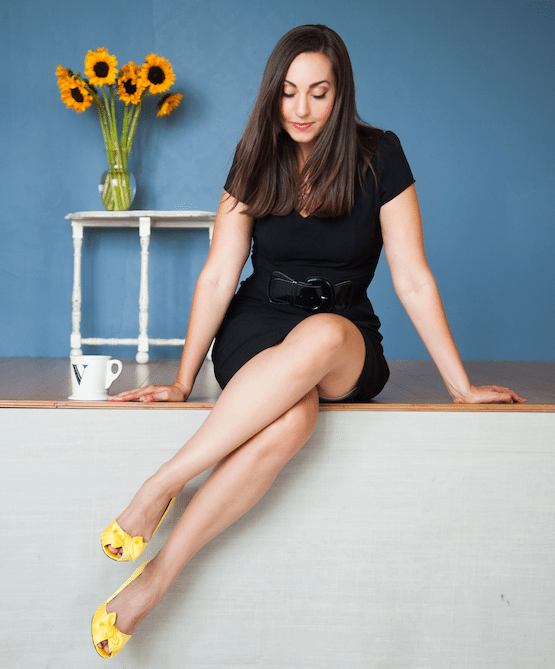
As humans we look where others look. So do a few shots looking in each direction. These can be great on a website, Twitter page or brochure you can use photos to help people decide what action to take. Look where you want them to look. Therefore you want to have shots where you are looking in each direction:
Shot List: Eye Gaze
- Look Left: Capture curiosity or draw attention to elements on the left side of the page.
- Look Right: Engage with something out of the frame or balance right-sided content.
- Look Up: Convey aspiration or open space above the subject for design elements.
- Look Down: Evoke introspection or guide the viewer’s attention to lower page details.
- Direct Camera Gaze: Establish a strong personal connection with the viewer.
- Diagonal Gaze: Create intrigue and guide eyes through complex compositions.
- Closed Eyes: Portray serenity and evoke emotional depth.
Signal Gestures
There are certain gestures that are symbolic. Then can also be used to send nonverbal gestures. Here are some examples:
Shot List: Gestures
- Thumbs Up: Signals approval or positive feedback.
- A-OK: Conveys that everything is in perfect condition or correct.
- Steeple: Demonstrates confidence or deep thinking, with fingertips touching lightly.
- Prayer Gesture: Represents sincerity, pleading, or gratitude.
- Peace Sign: Often used to express peace, victory, or cheerful greetings.
- Fist Pump: Expresses triumph, enthusiasm, or solidarity.
- Hand Over Heart: Signifies sincerity, loyalty, or patriotism.
- Waving Hand: Used for saying hello or goodbye, often in a friendly manner.
Pro Tip: Your hand gestures are an essential part of your charisma and only one of over 97 cues you should know. Want to learn them all? Check out more info:
Pointing
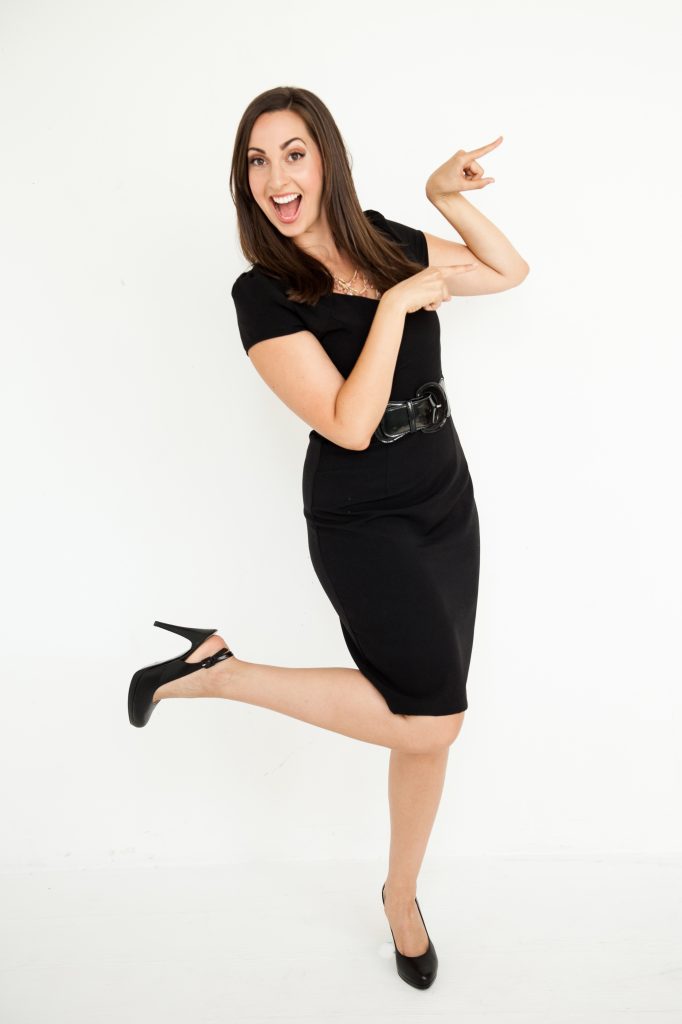
Another way you can draw attention to or encourage people to take action is to point to a button or area you want them to click or explore. To play it safe you want to try a few different directions to make it easy for your web designer or yourself when creating pages or brochures.
Shot List: Pointing
- Point Left: Ideal for guiding attention to text or objects on the left side of the frame, useful in sidebars or directional cues.
- Point Right: Draws the viewer’s eye to the right, perfect for calls to action or navigational prompts on websites.
- Point Up: Can indicate overhead elements or suggest looking at something important above the frame, useful in vertical layouts.
- Point Down: Directs attention downward, great for footnotes, additional details, or encouraging scrolling on digital platforms.
- Point Forward (Towards Camera): Creates a direct connection with the viewer, often used in advertisements to “speak” directly to the audience.
- Pointing with Both Hands: Amplifies the direction of the point, making it more pronounced and clear, especially effective in instructional or demonstrative content.
- Point to Self: Can signify personal testimony or accountability, often used in personal branding or testimonial visuals.
- Point with an Object (like a pen): Adds a prop to the pointing gesture, which can enhance the thematic or professional tone of the shot.
Asymmetrical Arms
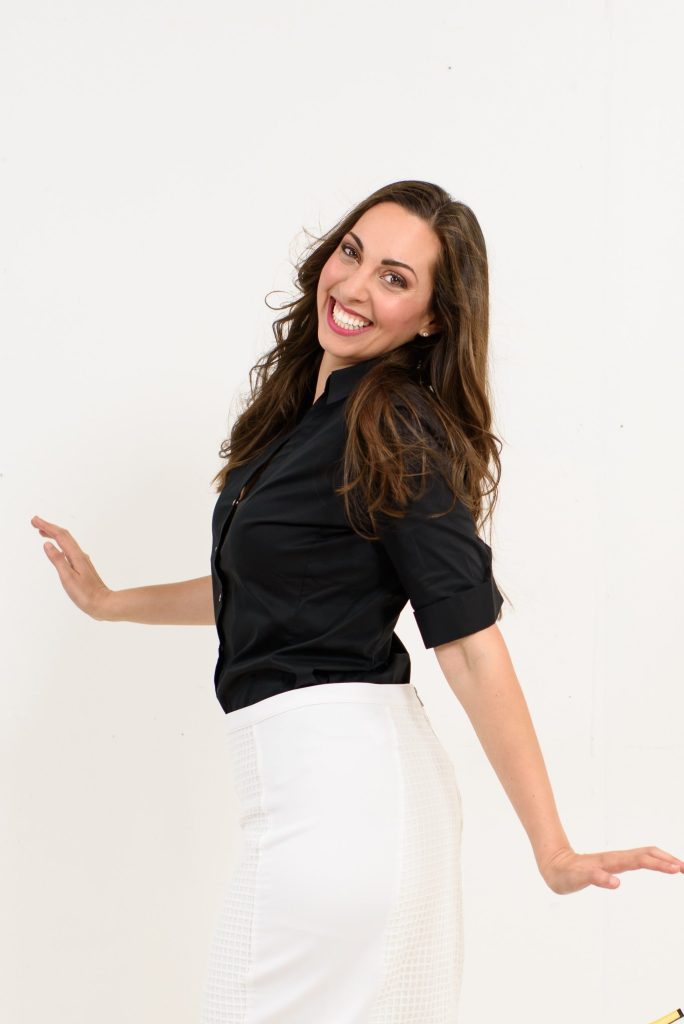
Add a little asymmetry (or symmetry) with your arms to shake things up. Try placing one hand slightly higher on your hip, while the other hangs relaxed or finds a playful interaction—maybe tucking a strand of hair behind your ear or loosely holding onto a jacket lapel.
Here are some ideas…
Shot List: Asymetrical Arms
- One Hand High, One Low: Suggests a relaxed confidence, with one hand asserting dominance or style on the hip, while the other displays casual ease.
- Hair Tuck: Use one hand to tuck a strand of hair behind your ear for an intimate/playful touch.
- Lapel Grip: Hold onto your jacket lapel with one hand, perhaps while the other remains in a pocket or extended slightly. Conveys a sophisticated and thoughtful demeanor, often associated with formality and poise.
- Arm Cross with a Twist: Cross one arm across your body while the other does something different, like reaching up or pointing for some dynamism.
- Gesture Outward: Extend one arm towards the camera or to the side, as if presenting something, while the other supports your posture by resting on your hip or in a pocket. Great for looking more open and inviting.
- Relaxed Arms at Different Levels: Let one arm hang naturally while the other rests on an object or is slightly lifted. Implies a relaxed mood.
- Behind the Head: Place one arm behind your head while the other interacts with an element in the setting, such as adjusting your sunglasses or watch.
- One Sleeve Roll: Roll up one sleeve while leaving the other in its normal state, adding a bit of rugged charm.
Leg Action
Yes, it’s not just for the red carpet anymore! Channel your inner celebrity by using your legs—popping one leg slightly forward and bending at the knee, doing a side kick, or even standing straight. Get creative! You can do most of these whether you’re standing or seated.
Shot List: Leg Action
- Crossed Ankles: Stand with one foot in front of the other, crossing at the ankles. This pose is elegant and helps slim your silhouette, perfect for formal portraits.
- Bent Knee Pop: Slightly bend one knee and pop the leg to create an interesting shape and add casual flair. Great for dynamic shots!
- Walking Step: Capture a moment as if you’re walking towards the camera, one leg mid-step, to add movement.
- Seated with a Twist: While seated, twist one leg over the other or sit with legs crossed.
- Side Kick: For a playful and energetic look, perform a small kick to the side, which can be especially fun in a casual/fun setting.
- Wide Stance: Adopt a wide stance to show strength and stability. Great for powerful, assertive portraits!
- Legs Apart, Sitting Down: Sit on the ground with your legs gently apart.
- Elevated Foot: Place one foot on a raised surface like a step or a stool. This highlights the leg greatly.
- Straight Line: Stand with your legs together, maintaining a straight line to elongate your body, suitable for sleek, high-fashion looks.
- Backward Extension: Extend one leg slightly back while standing, a subtle move that adds grace and balance to your stance.
Props

Use props in your photo shoots to add variety and to send nonverbal messages in your nonverbal branding. Here are a few ideas:
Shot List: Props
- Hold a Sign: Utilize a sign that can later be digitally edited to include words or a logo.
- Book as a Prop: Holding a book not only suggests knowledge and authority but also serves as a credibility prop.
- Coffee Mug: Holding a coffee mug adds a casual, approachable element, ideal for creating an inviting, conversational brand image. Can be used sitting at a table or in a relaxed stand.
- Wine Glass: Incorporate a wine glass to convey celebration, elegance, or romance.
- In Front of Easel: Pose in front of an easel that holds a blank canvas or a partially completed painting, which can later be edited to include specific messages or images.
- Technology Gadgets: Include modern gadgets like a smartphone or tablet to communicate connectivity and modernity. Can be used in action, such as typing or swiping.
- Musical Instruments: Holding or playing a musical instrument is ideal for artists or creative brands.
- Sporting Equipment: Use sports gear like a soccer ball, tennis racket, or yoga mat to suggest activity, health, and vitality, fitting for fitness or sports-oriented brands.
Use your pockets
Try this if: you want to dial down the formality and up the chill.
Slipping a hand or two into your pockets can instantly transform your pose… especially if you’ve got no idea what to do with your hands or if your palms are secretly sweating.
It’s great for casual outfits but can also add a surprising twist to more formal attire, striking a balance between laid-back and dressed up, too.
Shot List: Use Your Pockets
- One Hand Casual: Capture a relaxed pose with one hand casually slipped into a trouser or jacket pocket.
- Both Hands Chill: A shot with both hands in the pockets. Great with casual outfits.
- Lean and Pocket: Combine leaning against a surface (wall, railing) with hands in pockets.
- Pocket Peek: A playful shot where only the fingers or thumb are hooked on the pocket edge, suggesting a carefree attitude.
- Formal Touch: Focus on a more formal attire with a hand in a trouser or suit pocket.
- Walking with Hands in Pockets: Dynamic shot of walking with hands in pockets, which adds movement.
- Jacket Pocket Use: Include a shot adjusting or utilizing a jacket pocket, perhaps pulling out or putting in a pair of sunglasses or a handkerchief, which can add a functional and fashionable element.
- Back Pocket Stance: A rear view or side shot with hands in back pockets.
Microexpressions
There are seven universal facial expressions that we show when we feel intense emotions.
Photographers need to have hawk-like sensors for these expressions to make sure that their photos are not unintentionally showing an emotion, and subjects need to be aware of their faces to not show these (unless intentional).
Shot List: Microexpressions
- Avoid Sadness: Be cautious of capturing expressions with downturned mouths and furrowed brows, as they suggest sorrow or disappointment.
- Avoid Anger: Steer clear of images with narrowed eyes and deeply furrowed brows, which convey hostility or frustration.
- Avoid Fear: Watch out for wide eyes and open mouths, which can mistakenly portray shock or anxiety.
Want the complete list of microexpressions? Check out: The Definitive Guide to Reading Facial Microexpressions
Head Shots
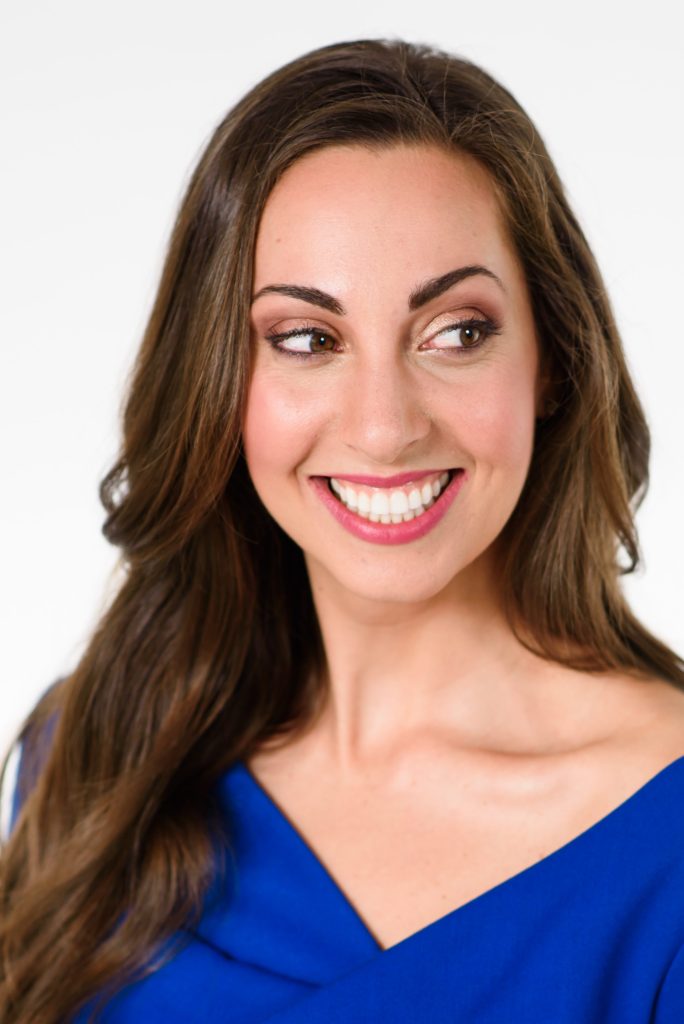
There are a number of different nonverbal moves someone can do in addition to the universal facial expressions. I like to use ones that show warmth and competence. Here are my favorites:
Shot List: Head Shots
- Head Tilt: This pose involves slightly tilting the head to one side, which softens the expression and creates a more inviting, friendly appearance.
- Over the Shoulder: Particularly effective for adding a narrative element to the shot.
- Chin on Hands: Ideal for portraying depth and a sense of calm competence.
- Eye Contact with a Smile: Appear competent and trustworthy.
- Slight Smirk: A subtle smirk can add a layer of charisma and confidence, showing a hint of playfulness without compromising the perceived professionalism.
- Gentle Gaze Away from Camera: Conveys introspection and sincerity.
The Power Pose
Try this if: you’re aiming to define your figure and showcase confidence.
Need a confidence boost? Stand with your feet hip-width apart, a solid foundation for confidence. Now, hands grace your hips—not gripping, just resting solidly but not too tight.
Imagine an invisible string pulling you up from the crown of your head; that’s your cue to elongate your spine. As for your gaze, let it wander just off-camera, like you’ve curiously spotted a spark in the distance.
This is the professional’s way to say, “I’m here, effortlessly owning my space.”
Shot List: Power Poses
- Wonder Woman / Superman Pose: Stand with your feet shoulder-width apart and place your hands on your hips. Keep your shoulders back and your chest out, embodying strength and resilience. Let your gaze be forward and determined, channeling the iconic stance of a superhero ready to take on the world.
- Pride Pose: Stand upright with your chest lifted and hands clasped behind your back or at your sides. Fix your gaze slightly upward, as if looking towards the future or reflecting on a recent success.
- Open Arms Pose: Spread your arms wide open, either straight out to the sides or slightly upward in a welcoming gesture. This pose suggests openness and readiness to embrace what’s coming, perfect for conveying a leadership or motivational attitude.
- Dancing Pose: Adopt a dynamic, dance-like stance with one foot slightly in front of the other, hands in motion or on your hips, and a joyful expression.
Leaning
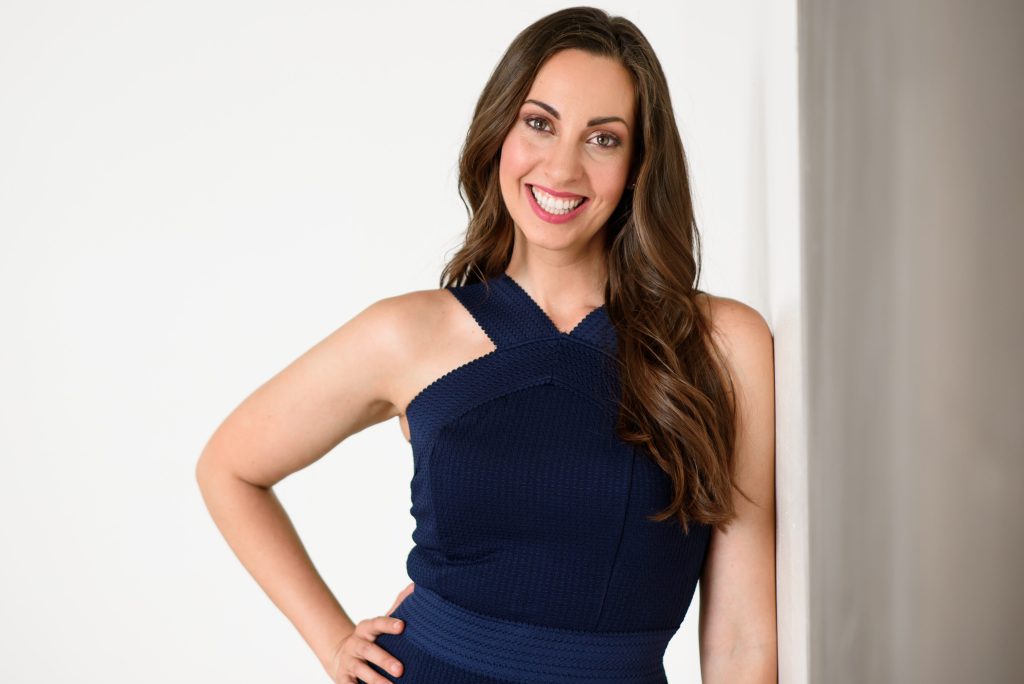
Want to highlight the photo shoot venue? Lean into your environment, whether it’s a brick wall downtown or a cool pillar at a museum. Leaning anchors yourself within a context that tells a part of your story.
Plus, it gives off a relaxed, “I-belong-here” vibe and can dramatically change the overall feel of the shot. I also found that leaning can help you look more grounded and comfortable, avoiding that awkward “just standing here” photo feel.
Shot List: Leaning
- Leaning on Table: L on a table, either with one or both arms, to convey a sense of involvement and readiness.
- Leaning on Chair: Lean back against a chair or leaning on the back of a chair facing the camera. This can communicate a casual authority and confidence.
- Leaning Forward Smiling: Lean forward with a smile, which can imply eagerness and openness.
- Leaning Forward While Gesturing: Lean forward while making a hand gesture, which enhances the sense of active participation.
- Leaning Against a Wall: Lean casually against a wall with arms crossed or by your sides.
Laughter
Nothing captures the essence of joy quite like a genuine laugh. In fact, studies2 https://www.ncbi.nlm.nih.gov/pmc/articles/PMC9489296/ show that laughter is contagious! Let yourself go with a real chuckle or giggle during the shoot (and if you need help, I recommend our favorite funniest YouTube videos!).
Shot List: Laughing
- Laughing Sitting: Capture laughter while seated in a relaxed environment, like a coffee shop or during a casual meeting.
- Laughing Standing: Photograph the subject standing and laughing, ideal for both indoor and outdoor settings.
- Laughing Walking: Show the subject laughing while walking, which adds movement and a candid, joyful expression, perfect for street or park settings.
- Laughing Lying Down: Take shots of the subject laughing while lying on the grass or a picnic blanket.
- Laughing Group: Include a group of people laughing together, perfect for conveying friendship, teamwork, or family bonds in a natural and engaging way.
Arching
Gently arching your back can instantly elevate your photo and make it captivating. Creating a subtle curve helps define your silhouette, particularly in profile or side shots.
Whether you’re seated or standing, a slight arch can make you appear more dynamic and engaged! Try these other shots…
Shot List: Arching
- Seated Arch: A shot of the subject seated, gently arching their back to create a more engaging and attentive posture, perfect for an elegant portrait.
- Standing Profile: A side shot of the subject standing with a slight back arch, highlighting the contour of their silhouette.
- Leaning Forward Arch: Take a photo where the subject leans forward slightly from the waist, arching their back. This can be especially dynamic and suggests an active, engaged pose.
- Over-the-Shoulder Look: Have the subject turn their head to look over their shoulder, emphasizing the curve of the back, which adds a bit of spice and appeal.
- Walk and Arch: A walking shot where the subject slightly arches their back, portraying motion and a confident stride.
- Back-to-Camera Arch: A shot from behind where the subject arches their back, showing off the back details of the outfit and adding an artistic angle to the photo.
Adjust your clothing
Give your outfit a little tweak—lift the hem of your dress, adjust a lapel, or casually pull at a sleeve for a more dynamic and spontaneous photo. This one’s great if you want to show off a little personality in a portrait photo.
Shot List: Adjust your clothing
- Lift Hem: Capture a moment of lifting the hem of a dress or skirt, possibly while walking or turning to create a sense of motion.
- Adjust Lapel: A close-up or mid-shot of hands neatly adjusting a lapel or straightening a tie, conveying attention to detail and sharpness.
- Pull at Sleeve: Show a casual pull at the sleeve, perhaps to reveal a watch or just to adjust the shirt – adds a casual yet stylish touch.
- Smooth Fabric: A shot smoothing the fabric of a dress or shirt, emphasizing the texture and flow of the clothing.
- Tuck in a Shirt: Include an action shot where the subject is tucking in their shirt, suggesting preparation or neatness.
- Flip a Collar: Capture a playful moment of flipping up a collar, which can suggest a mood of readiness or a touch of flair.
- Straighten a Belt: A photo focusing on adjusting a belt, which could indicate readiness and attention to fit.
- Arrange Accessories: Shots where the subject adjusts accessories like a scarf, belt, or jewelry, adding layers to the outfit’s storytelling.
Open Palm Gesture
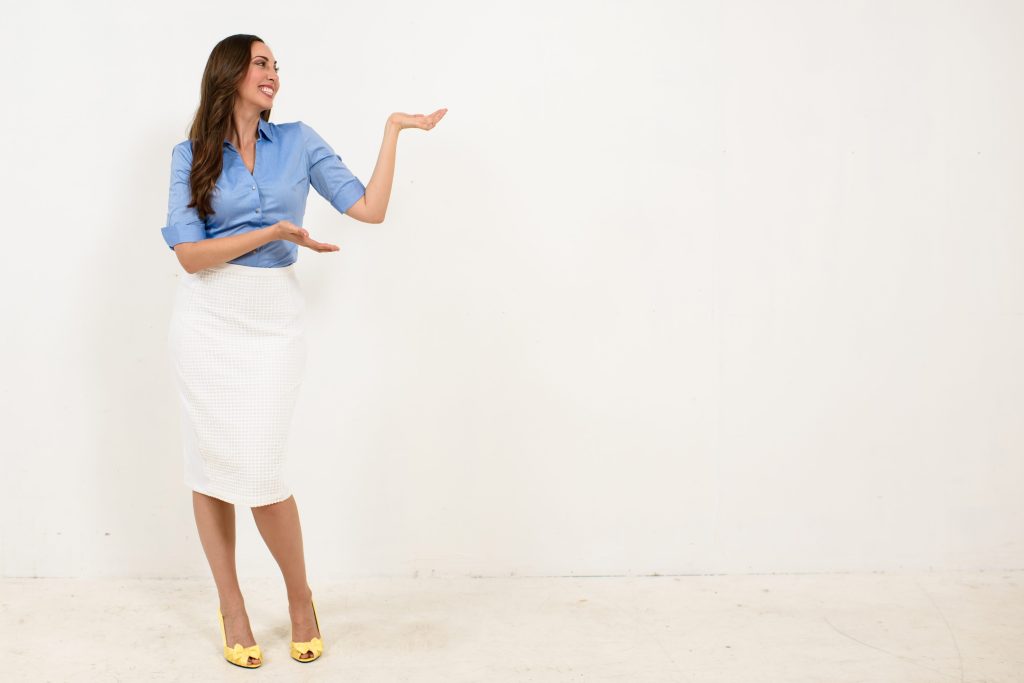
Showing people our palms encourages people to trust us. It is like we are literally showing our palms. I like to have a few different types of open palm gestures to show honesty and to guide people where I want them to look on the website.
Here are a few ideas on how to use more open palm gestures:
Shot List: Open Palm Gestures
- Gesture Towards a Chair: Use this gesture to invite viewers into a setting, suggesting comfort or a place to join in, ideal for interior design or hospitality-related content.
- Gesture Towards a Door: Indicates an invitation to enter or discover, perfect for welcome messages or guiding visitors through a space or experience.
- The Vanna White: Open palms up, presenting a product with both hands to highlight features or suggest value, great for advertising or sales demonstrations.
- Gesture Left: Directs viewer’s attention to the left side of the frame, useful for guiding navigation on websites or pointing out additional content in print media.
- Gesture Right: Similar to gesturing left but directs attention to the right, useful for interactive content or guiding viewers through a sequential narrative or layout.
- Gesture Up: Can indicate something overhead or worthwhile to note above in the visual field, such as banners, signs, or other overhead details.
- Gesture Down: Directs the viewer’s gaze to the lower part of the visual field, suitable for pointing out lower details, encouraging scrolling on digital media, or highlighting footnotes.
Shoulder play
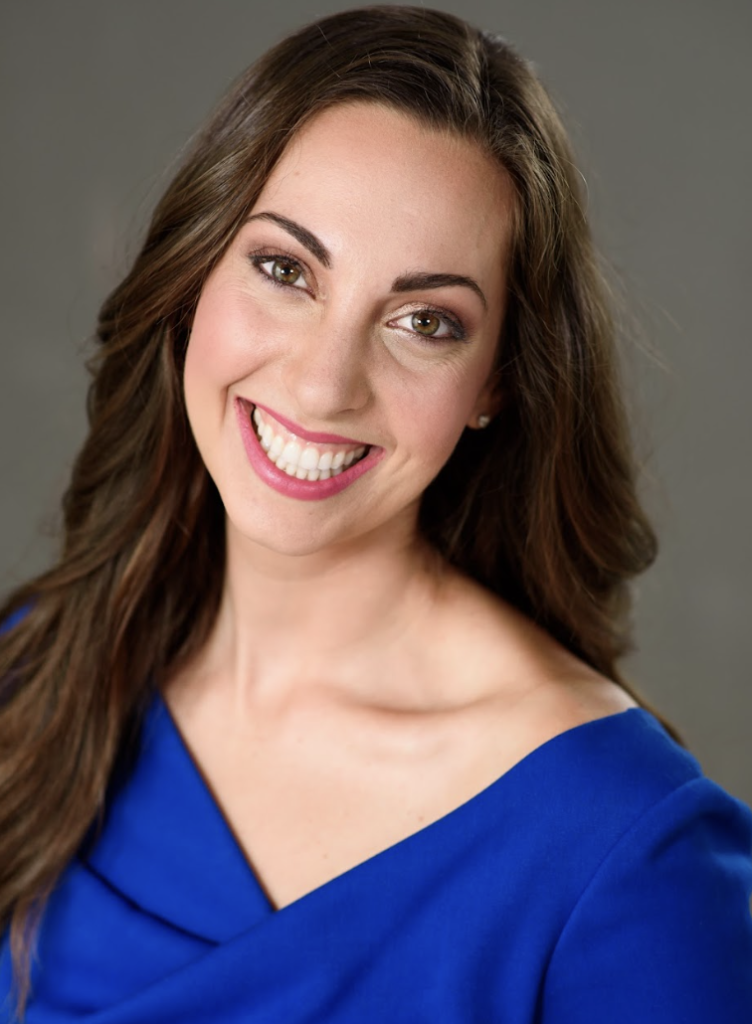
Feeling a bit tense? Lower one shoulder slightly, creating a relaxed, asymmetrical line across your upper body. Want to increase tension or authority? Stiffen your shoulders and heighten them.
Shot List: Shoulder play
- Shoulder Shrugs: Capture a playful or curious expression with a slight shrug of the shoulders. Best for casual, approachable shots.
- One Shoulder Raised: A photo with one shoulder slightly raised can add a bit ofintrigue and asymmetry, great for artistic or fashion-forward shots.
- Shoulder Drop: Feeling stressed? Take a relaxed pose with both shoulders dropped to emphasize a laid-back, stress-free attitude.
- Shoulder Lean: Shoot the subject leaning against a wall or object with one shoulder, giving off a cool vibe.
- Over-the-Shoulder Glance: A look back over one raised shoulder, perfect for upping the mystry.
- Shoulders Back: Need a confidence boost? Shift the shoulders back for more presence.
- Crossed Arms Over Shoulders: Have the arms crossed and resting on your shoulders, which can communicate self-assurance and composure.
- Shoulders Forward: A more hunched, forward shoulder position can convey intensity or thoughtfulness, suitable for more dramatic themes.
Colors
Color psychology can add a lot of messaging to your nonverbal brand. I mix and match colors very deliberately in my website copy, marketing materials and photos.
Shot List: Colors
- Red: Use red to convey energy, passion, and urgency. Ideal for brands looking to evoke excitement or attract attention quickly.
- Blue: Incorporate shades of blue to project trustworthiness, security, and calm. This is perfect for financial institutions, healthcare, or technology firms.
- Green: Utilize green to emphasize growth, health, and sustainability. Suitable for brands focused on the environment or wellness.
Yellow: Employ yellow to inject optimism, clarity, and warmth. This color works well for brands (including Science of People!) that want to appear competent and friendly.
Want more on color psychology? Color Psychology: How Color Affects Your Emotions And Why
To Pose or Not to Pose?
Phew! Hopefully you’ve gained a lot more confidence on what poses you can try for your next shoot.
Whether you’re aiming for the professional polish of a LinkedIn profile or the casual charm of an Instagram post, mastering the art of posing can dramatically elevate your photographic presence.
And if you’re getting photos for your next LinkedIn profile, look no further. We’ve got tips to take your LinkedIn profile to the next level: The 15 Best LinkedIn Profile Tips To Make Your Profile Pop
Article sources
- https://www.pnas.org/doi/pdf/10.1073/pnas.1409860111
- https://www.ncbi.nlm.nih.gov/pmc/articles/PMC9489296/
16 thoughts on “How to Pose For Photos: 100+ Ideas for a Perfect Photo Shoot”
Comments are closed.
How to Deal with Difficult People at Work
Do you have a difficult boss? Colleague? Client? Learn how to transform your difficult relationship.
I’ll show you my science-based approach to building a strong, productive relationship with even the most difficult people.

Great post Vanessa! Very helpful!
Wow, thanks, super useful. This is going into m Evernote 🙂
Mine too!
FABULOUS GUIDE for photographers! Thanks so much Vanessa!
This is great Vanessa! But how about some tips and example portraits for the boys? Some of the rules are very gender specific. I’d love to hear your approach to great portraits for men!
Man, this is great. I’m always so lost when I start shooting-I never prepare because it’s like I think I’ll know exactly what to do when the time comes. This list will certainly help me out. Thanks!
Woo! Thanks for reading!
Danielle | Science of People Team
Great article on the Non-verbal of Marketing!! Thank you Vanessa for sharing!
I know a lot of photographers that will love this! Thanks for sharing!
Thanks for the suggestions, I’ll try them as soon as possible. One can never have enough Photos!
Very cool. I could use these tips if I ever decide to put to use my new DSLR camera! 🙂
Ooooh what kind of camera do you have? I have a Canon t3i that I want to start using more!
Danielle | SOP Team
This is so helpful! I need to work on my headshots for my professional career so I can definitely use these to my advantage to have the bst possible pictures to portray my nonverbal brand!
You may want to mention that a complete photo shoot like this can cost upwards of $10k, according to a photographer I consulted. But clearly you can pick and choose what you need the most.
Nice, I guess not only photographers appreciate that content 🙂
These tips are very helpful I especially love tip #2. Oddly when a website has someone pointing/looking somewhere I want to look at what it is pointing!